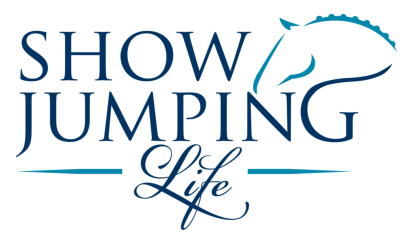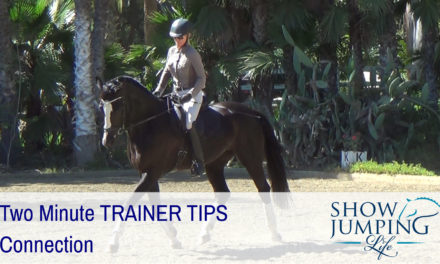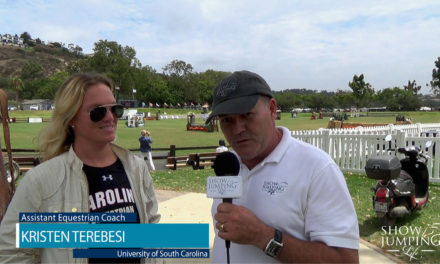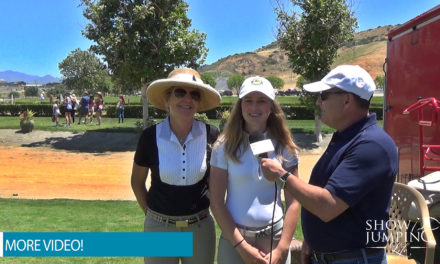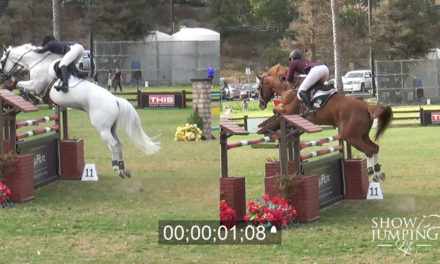What Are Equitation Judges Looking For?
Frank Willard, USEF “R” Judge, Shares His Insight About What Judges Are Looking For In An Equitation Class
What are you looking for in an Equitation class like the Onondarka Medal Final?
In judging an equitation class, form follows function.
Do the course as you would on a hunter but I separate riders based on their equitation which is the style of the rider.
Unlike hunters, where only the horse is judged, in equitation both horse and rider are judged.
What separates a rider with a score in the 80’s from one with a score in the 70’s?
One element is the number of strides. We’re looking for the “right distances”.In our case, the first fence walked a really nice ten stride. For example, a good 10 [strides] always beats a good eleven [strides] as a good five always beats a good six.
So, do judges counts strides?
To answer that consider the inside turns and the shortest distance between two jumps, if they’re jumped well, is the best way to do it.
And the the style of the rider and how they mesh with the horse. The horse is also very important.
Is there one element that stands out?
I would say a Natural Equitation. Too often people associate equitation with a stiff back.
“California is kind of the king of the equitation world”
When California riders come to the finals, they’re better prepared because they’ve been competing in equitation classes that are conducted on the grand prix field. When you’re in the Carolinas and Virginia, the equitation classes are very simply hunter courses in front of the equitation judges,
You can’t underestimate the horse and the suitability of horse and rider. You don’t want a big rider on a little horse or vice versa.
It’s a 50/50 deal.
A lot of judges have idiosyncrasies. One of mine is that I don’t like the backwards release. That is when the rider does not release the horse’s head over the jump. I like an automatic release.
